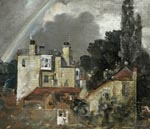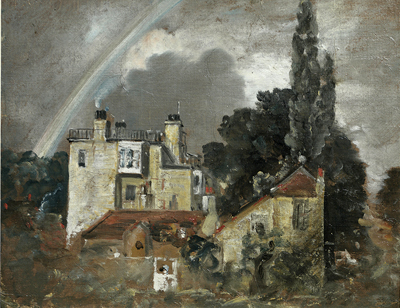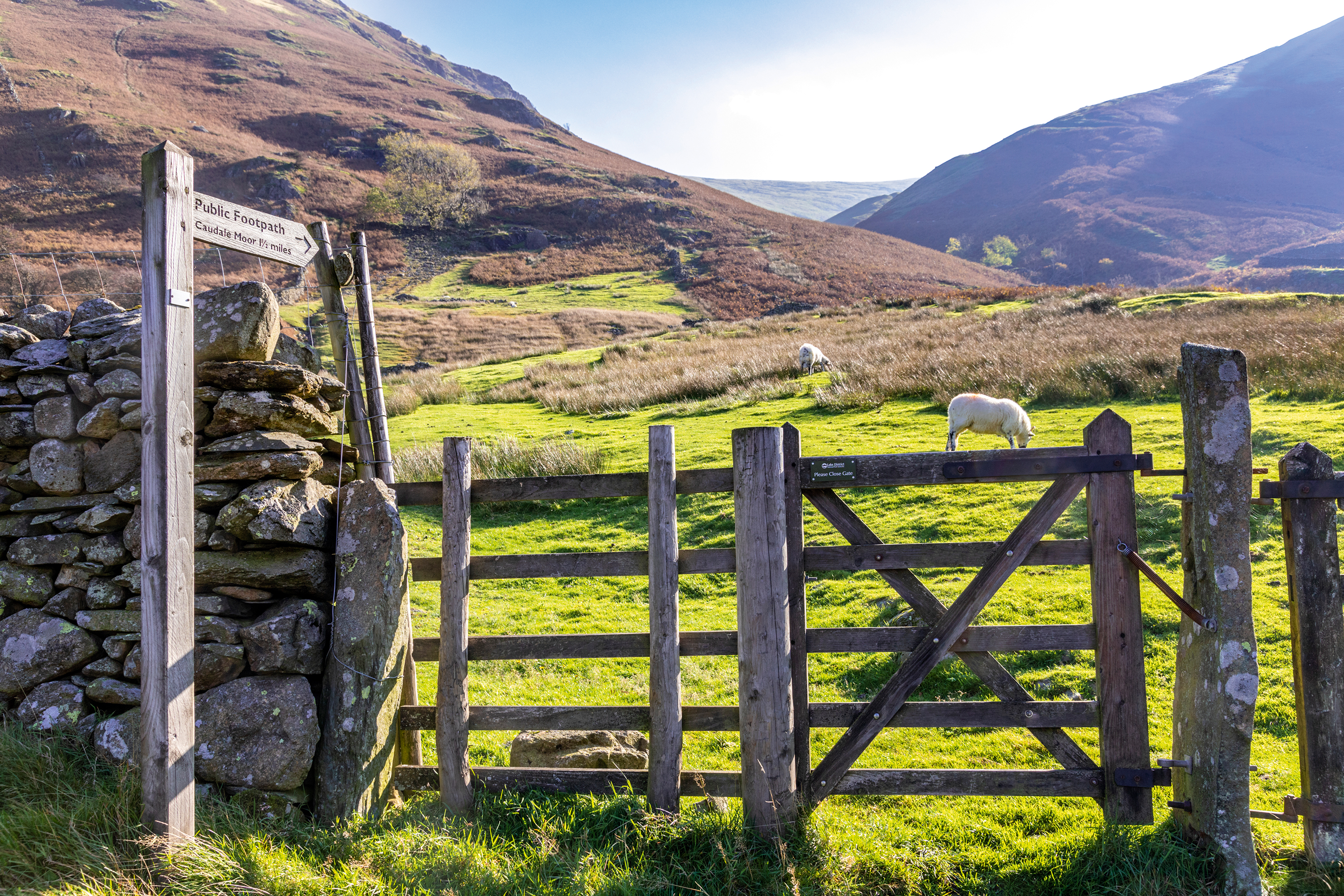Constable returns to Hampstead
Constable’s attraction to Hampstead is examined in a new exhibition


An exhibition charting the influence of Hampstead on John Constable opens today to mark the 200th anniversary of his first visit to the Heath. ‘Constable: 200 years in Hampstead' (until April 7, 2013) at Burgh House, New End Square, London NW3 (www.burghhouse.org.uk), will display several of his works on loan from the V&A ‘just steps away from the views that inspired them'.
Despite his association with Suffolk, Constable's major works the ‘six-footers' exhibited at the Royal Academy-were executed in his London studio, and he rented a succession of homes in Hampstead, which enabled him to escape the smoke of central London. It was there on the lofty, wind-blown heaths that he began ‘skying'-making sketches of the effects of clouds and light.
Trees have closed off many of the vistas he delighted in sketching, although the huge grassy hollow just below West Heath was one of his favourite locations, inspiring such works as Branch Hill Pond. A few doors down from Burgh House, 40, Well Walk was one of Constable's residences and his grave is in the pretty churchyard of St John's, Church Row. The exhibition includes works by other Hampstead-based artists, such as C. R. W. Nevinson, Donald Towner and Duncan Grant.

* Subscribe to Country Life and get our Ipad edition for free:
Sign up for the Country Life Newsletter
Exquisite houses, the beauty of Nature, and how to get the most from your life, straight to your inbox.
Country Life is unlike any other magazine: the only glossy weekly on the newsstand and the only magazine that has been guest-edited by HRH The King not once, but twice. It is a celebration of modern rural life and all its diverse joys and pleasures — that was first published in Queen Victoria's Diamond Jubilee year. Our eclectic mixture of witty and informative content — from the most up-to-date property news and commentary and a coveted glimpse inside some of the UK's best houses and gardens, to gardening, the arts and interior design, written by experts in their field — still cannot be found in print or online, anywhere else.
-
 Six rural properties with space, charm and endless views, as seen in Country Life
Six rural properties with space, charm and endless views, as seen in Country LifeWe take a look at some of the best houses to come to the market via Country Life in the past week.
By Toby Keel
-
 Exploring the countryside is essential for our wellbeing, but Right to Roam is going backwards
Exploring the countryside is essential for our wellbeing, but Right to Roam is going backwardsCampaigners in England often point to Scotland as an example of how brilliantly Right to Roam works, but it's not all it's cracked up to be, says Patrick Galbraith.
By Patrick Galbraith